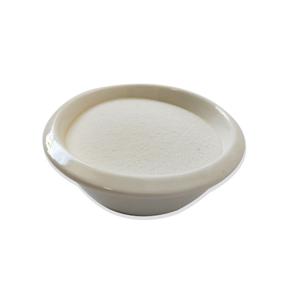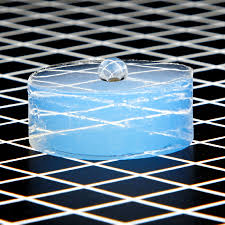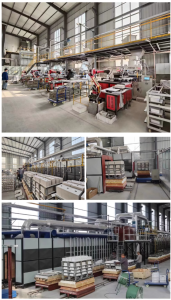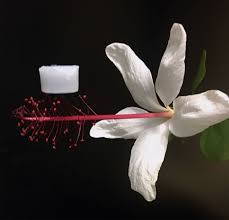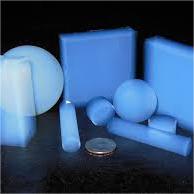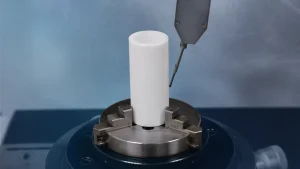Professional industry ceramic supplier, silicon nitride, silicon carbide, aluminum nitride and any other kinds of ceramics.
1. Introduction
Just 36 hours ago, a viral TikTok video showed someone using what they claimed was a ‘silicon carbide ceramic baking dish’ to roast marshmallows over a campfire—only for the dish to crack spectacularly, sending ceramic shards flying like confetti at a very confused bear convention. Turns out, the product was mislabeled: it was just regular stoneware with a fancy SEO-optimized title stuffed with keywords like ‘silicon carbide ceramic dinner plates’ and ‘silicon carbide baking dish staub.’ This isn’t just misleading—it’s dangerous. Real silicon carbide crucibles aren’t dinnerware; they’re engineered for extreme heat in foundries, labs, and semiconductor fabs. So let’s cut through the noise (and the fake Amazon listings) and explore what a true silicon carbide crucible really is—and why confusing it with a casserole dish could land you in the ER instead of the kitchen.

2. What Exactly Is a Silicon Carbide Crucible?
A silicon carbide crucible is a high-performance container made from silicon carbide (SiC), an advanced ceramic renowned for its exceptional thermal conductivity, hardness, and resistance to thermal shock and chemical corrosion. Unlike your grandma’s porcelain butter dish (no matter how many times an e-commerce algorithm tags it as ‘silicon carbide ceramic butter dish with lid’), real SiC crucibles are sintered or reaction-bonded at temperatures exceeding 1,600°C. They’re used to melt non-ferrous metals like aluminum, copper, and zinc—sometimes even precious metals—without degrading or contaminating the melt. Their structure is dense, non-porous, and built to endure repeated heating cycles that would turn ordinary ceramics into dust.
3. Types of Silicon Carbide Crucibles: RBSiC vs. Sintered SiC
Not all silicon carbide crucibles are created equal. The two dominant manufacturing methods yield crucibles with distinct properties. Reaction-bonded silicon carbide (RBSiC) crucibles—often sold as ‘rbsic silicon carbide tile block’ or ‘rbsic ceramic pillar’ in industrial catalogs—are made by infiltrating porous carbon preforms with molten silicon. The result? A near-net-shape component with excellent thermal shock resistance and moderate cost. However, residual silicon can limit use in highly oxidizing or reactive metal environments.
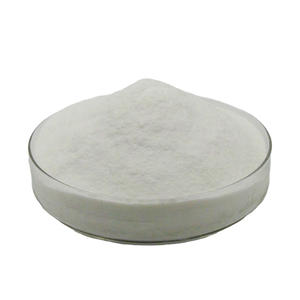
On the other hand, sintered silicon carbide crucibles are formed by pressing and firing ultra-fine SiC powder with sintering aids like boron and carbon. These offer higher purity, better corrosion resistance, and can handle more aggressive melts—but at a significantly higher price. If you’re melting titanium or reactive alloys, sintered SiC is your only safe bet. For hobbyist aluminum casting? RBSiC might suffice—just don’t try to serve lasagna in it.
4. Silicon Carbide vs. The Competition: Zirconia, Alumina, and Silicon Nitride
When choosing a crucible material, engineers weigh performance against cost. Alumina (Al2O3) crucibles—often labeled ‘al2o3 crucible’ or ‘aluminiumoxid keramik’—are cheaper but less thermally conductive and more prone to thermal shock. Zirconia crucibles (ZrO2), especially those stabilized with yttria, offer superb chemical inertness and high melting points, making them ideal for reactive melts. But they’re brittle and expensive.
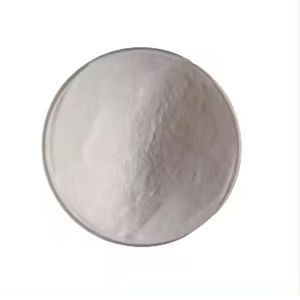
Then there’s silicon nitride (Si3N4)—a close cousin in the advanced ceramics family. While ‘silicon nitride crucible factory’ outputs are rare (Si3N4 is more commonly used for ‘silicon nitride ring,’ ‘custom silicon nitride heat shield,’ or ‘silicon nitride plate’), its toughness and thermal shock resistance rival SiC. However, Si3N4 degrades in strong oxidizing atmospheres above 1,400°C, limiting its crucible applications. Meanwhile, ‘boron carbide vs silicon carbide’ debates usually center on armor or abrasives—not crucibles—since B4C oxidizes rapidly in air and is cost-prohibitive for large containers.
5. The Great Kitchenware Confusion: Why Your ‘Silicon Carbide Ceramic Dish’ Is a Lie
Let’s address the elephant in the room—or rather, the ‘silicon carbide ceramic salad bowl’ in your pantry. Despite thousands of online listings touting ‘silicon carbide ceramic dinnerware,’ ‘silicon carbide white ceramic plates,’ and even ‘silicon carbide christmas ceramic platter,’ none of these contain actual silicon carbide. Real SiC is black, extremely hard (9.5 on the Mohs scale), and not food-safe in raw form. What you’re buying is typically glazed stoneware or porcelain with a keyword-stuffed title designed to hijack search traffic. Even ‘silicon carbide baking ceramic dish’ products from premium brands like Staub are just enameled cast iron—zero SiC involved.
True silicon carbide components for non-industrial use are limited to things like ‘silicon carbide ceramic disc taps’ or ‘silicon carbide grinding disc for pottery’—not dinner plates. If a product claims to be both oven-safe and made of silicon carbide ceramic, it’s either a scam or a physics-defying miracle. (Spoiler: It’s the scam.)
6. Beyond Crucibles: Other High-Performance SiC Forms
While crucibles dominate high-temp applications, silicon carbide shines elsewhere too. ‘Silicon carbide ceramic tiles’ line kilns and furnaces. ‘Silicon carbide burner nozzles’ and ‘silicon carbide brick’ withstand combustion environments. ‘Silicon carbide tube’ and ‘silicon carbide thermocouple protection tubes’ enable precise temperature measurement in harsh settings. Even ‘silicon carbide discs’ and ‘silicon carbide ceramic grinding disc’ are staples in machining and surface finishing. But again—none of these belong in your dishwasher.
7. Conclusion
Silicon carbide crucibles are marvels of advanced ceramics—engineered for survival in hellish conditions, not for serving pie. While the internet may be flooded with misleading listings for ‘silicon carbide ceramic casserole dish with lid’ or ‘silicon carbide blue white porcelain plates,’ real SiC remains firmly in the realm of industry and science. Choose your crucible based on melt chemistry, temperature, and atmosphere—not Amazon reviews. And for the love of all that’s thermally stable, don’t roast marshmallows in a reaction-bonded SiC crucible. Unless you enjoy explaining to firefighters why your campfire looks like a materials science lab explosion.
Our Website founded on October 17, 2012, is a high-tech enterprise committed to the research and development, production, processing, sales and technical services of ceramic relative materials such as Choose. Our products includes but not limited to Boron Carbide Ceramic Products, Boron Nitride Ceramic Products, Silicon Carbide Ceramic Products, Silicon Nitride Ceramic Products, Zirconium Dioxide Ceramic Products, etc. If you are interested, please feel free to contact us.

